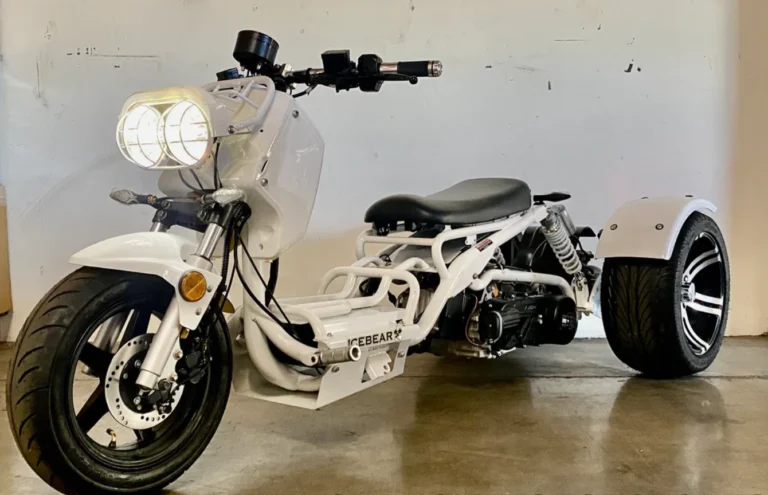Unlocking the Essence of Eporer: A Complete Guide
In a world overflowing with complex systems and abstract ideas, some concepts stand apart because they are refreshingly unique. One such concept is eporer. While it may appear unfamiliar at first glance, eporer holds the potential to reshape how we think, act, and engage with the evolving landscape around us.
This article takes you deep into the meaning of eporer, exploring its origin, functionality, influence, and future potential. The goal is simple: to help you understand what eporer is and why it matters today more than ever.
What Is Eporer?
Eporer is a term that has recently emerged in discussions surrounding innovation, awareness, and exploration. At its core, eporer embodies the spirit of deep engagement—going beyond the surface to find meaning in patterns, behaviors, and environments.
Unlike traditional systems that rely heavily on fixed structures, eporer adapts fluidly. It allows individuals or groups to observe, interpret, and respond to the world without being restricted by rigid frameworks.
The Foundational Principles Behind Eporer
Eporer is based on a few key ideas:
1. Observation Before Action
Eporer promotes awareness first. It encourages noticing details that others might miss and using those insights to shape direction.
2. Reflection Over Reaction
Rather than acting impulsively, eporer values stepping back to reflect. This makes decisions more thoughtful and resilient.
3. Contextual Relevance
Eporer isn’t about one-size-fits-all solutions. Every insight it draws is deeply linked to the context in which it appears.
Why Eporer Matters Today
We live in fast-moving times. Trends shift overnight. Opinions form and change rapidly. In such an environment, surface-level thinking is no longer enough.
Eporer provides a meaningful counterbalance to this instability. It slows things down, encourages us to dig deeper, and teaches us how to think rather than what to think.
Here’s why eporer is gaining relevance:
- In decision-making, it sharpens judgment.
- In learning, it increases depth and retention.
- In creativity, it opens doors to overlooked possibilities.
- In leadership, it fosters trust and clarity.
How Eporer Works in Practice
Let’s break it down through simple steps:
Step 1: Enter with Curiosity
Start by acknowledging that you don’t have all the answers. Approach situations with open eyes and ears.
Step 2: Pay Attention to Small Clues
Eporer teaches you to focus on nuance. Patterns, tone, timing—all hold meaning.
Step 3: Pause and Process
Before reacting, take time to ask: What is really going on here? What matters most?
Step 4: Act With Purpose
After gathering and understanding, act—not randomly, but with alignment and clarity.
Eporer in Different Fields
In Education
Eporer encourages students to learn how to learn. Rather than memorizing, learners become explorers of ideas.
In Business
It enhances strategic thinking. Teams that use eporer uncover risks and opportunities earlier than others.
In Technology
Developers and innovators apply eporer to foresee user needs and system interactions more accurately.
In Personal Growth
Practicing eporer helps people connect more deeply with themselves and their surroundings.
Eporer vs Traditional Methods
Let’s compare eporer with conventional systems:
| Aspect | Traditional Approach | Eporer Approach |
| Focus | Fixed objectives | Evolving insights |
| Speed | Fast action | Thoughtful engagement |
| Structure | Defined systems | Adaptive processes |
| Outcome | Clear results | Deeper understanding |
The key takeaway? Eporer doesn’t replace structure—it complements it with depth and clarity.
Misconceptions About Eporer
It’s common to misunderstand eporer, especially when it’s seen as vague or impractical. Let’s clear up a few myths:
- “It’s too slow.”
In truth, eporer slows down the wrong kind of action and speeds up the right kind. - “It’s just another trend.”
While new, eporer addresses timeless needs: awareness, reflection, and thoughtful response. - “It can’t work in competitive environments.”
Actually, it gives a competitive edge by seeing what others overlook.
How to Cultivate Eporer in Daily Life
You don’t need a big plan. Start small. Here’s how to begin:
1. Practice Noticing
Take 5 minutes daily to observe something around you—without judgment, just awareness.
2. Ask Better Questions
Instead of jumping to answers, ask “Why is this happening?” or “What could this mean?”
3. Create Time for Reflection
Build regular pauses into your day to think back on choices, behaviors, or patterns.
4. Stay Open to New Inputs
Eporer thrives on diversity. Read widely, talk to different people, and explore unfamiliar ideas.
Challenges in Adopting Eporer
No system is perfect. Adopting eporer comes with hurdles:
- Time Pressure: In fast-paced settings, pausing may feel like a luxury.
- Cultural Resistance: Some environments value action over contemplation.
- Lack of Training: Without guidance, it’s easy to misapply or oversimplify the approach.
Still, with persistence and practice, these challenges become part of the learning process.
The Future of Eporer
Looking ahead, eporer is likely to become a valuable tool for those navigating complex systems—whether in education, leadership, or creative industries.
As machines become faster, the human edge will rely less on speed and more on depth. Eporer positions us well for this shift. It doesn’t try to compete with technology; it complements it with insight and meaning.
Final Thoughts
Eporer is more than a concept—it’s a way of engaging with the world that prioritizes awareness, adaptability, and action rooted in understanding. Whether you’re leading a team, solving a personal challenge, or simply trying to make better choices, embracing eporer can offer a transformative perspective.
Its beauty lies in its simplicity: observe well, think clearly, act wisely.





